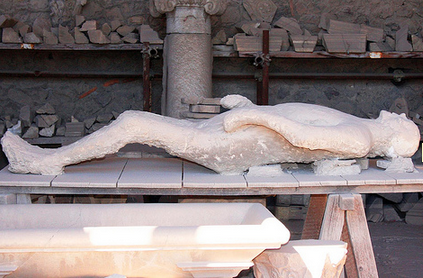An exoskeleton is a wearable device that provides external support to the limbs and joints of the human body. It is designed to mimic the natural movement of the human body, allowing people with paralysis to move their limbs with ease. Exoskeletons have been used to treat various conditions, including spinal cord injuries, multiple sclerosis, and stroke. The technology is still relatively new, but it is becoming increasingly popular due to its effectiveness in restoring mobility.

The benefits of exoskeletons in treating paralysis are numerous. First, they help to prevent muscle atrophy, which is a common problem among paralysis sufferers. Muscle atrophy is the weakening or wasting away of muscles due to lack of use, and it can lead to permanent muscle damage. Exoskeletons provide the necessary support and resistance to the muscles, helping to prevent atrophy and promote muscle strength.
Secondly, exoskeletons can help to improve overall mobility and function. People with paralysis often struggle to perform simple tasks like standing up from a chair or walking. Exoskeletons provide the external support needed to carry out these tasks, making them easier and more manageable. This, in turn, improves the quality of life of paralysis patients, allowing them to regain their independence and self-esteem.
Thirdly, exoskeletons can help to reduce the risk of secondary health problems. People with paralysis are at a higher risk of developing other health problems such as pressure ulcers and respiratory infections. The wearable exoskeletons can help to reduce these risks by promoting better sitting and standing postures, reducing pressure points, and improving respiratory function.
The use of exoskeletons in treating paralysis is still in its early stages, but the technology is increasingly becoming available to those who need it. Several manufacturers are producing exoskeletons, ranging from lightweight and portable models to larger and more complex designs. Some models are designed for home use, while others are intended for use in rehabilitation centers and hospitals.
One example of an exoskeleton that has been making headlines recently is the X2 exoskeleton. The X2 exoskeleton is a wearable device that is designed to help people with lower limb paralysis to walk again. The device is strapped onto the legs and provides the necessary support and resistance needed to move the legs in a natural walking motion. The X2 exoskeleton has been shown to improve speed, balance, and endurance in paralysis patients, making it an innovative and exciting development in the field of paralysis treatment.
In conclusion, the use of exoskeletons in treating paralysis is a significant breakthrough in medical technology. It offers a promising future for people with paralysis, helping them to regain mobility, independence, and self-esteem. While the technology is still in the early stages, it is continuing to evolve and improve, and we can expect to see more advanced models available in the future. With the potential to optimize health, boost recovery, and possibly lower healthcare expenses, the use of exoskeletons is an exciting prospect with wide-ranging implications. With continued research and development, exoskeletons could swiftly become an integral aspect of paralysis management, offering real hope to those living with this difficult condition.